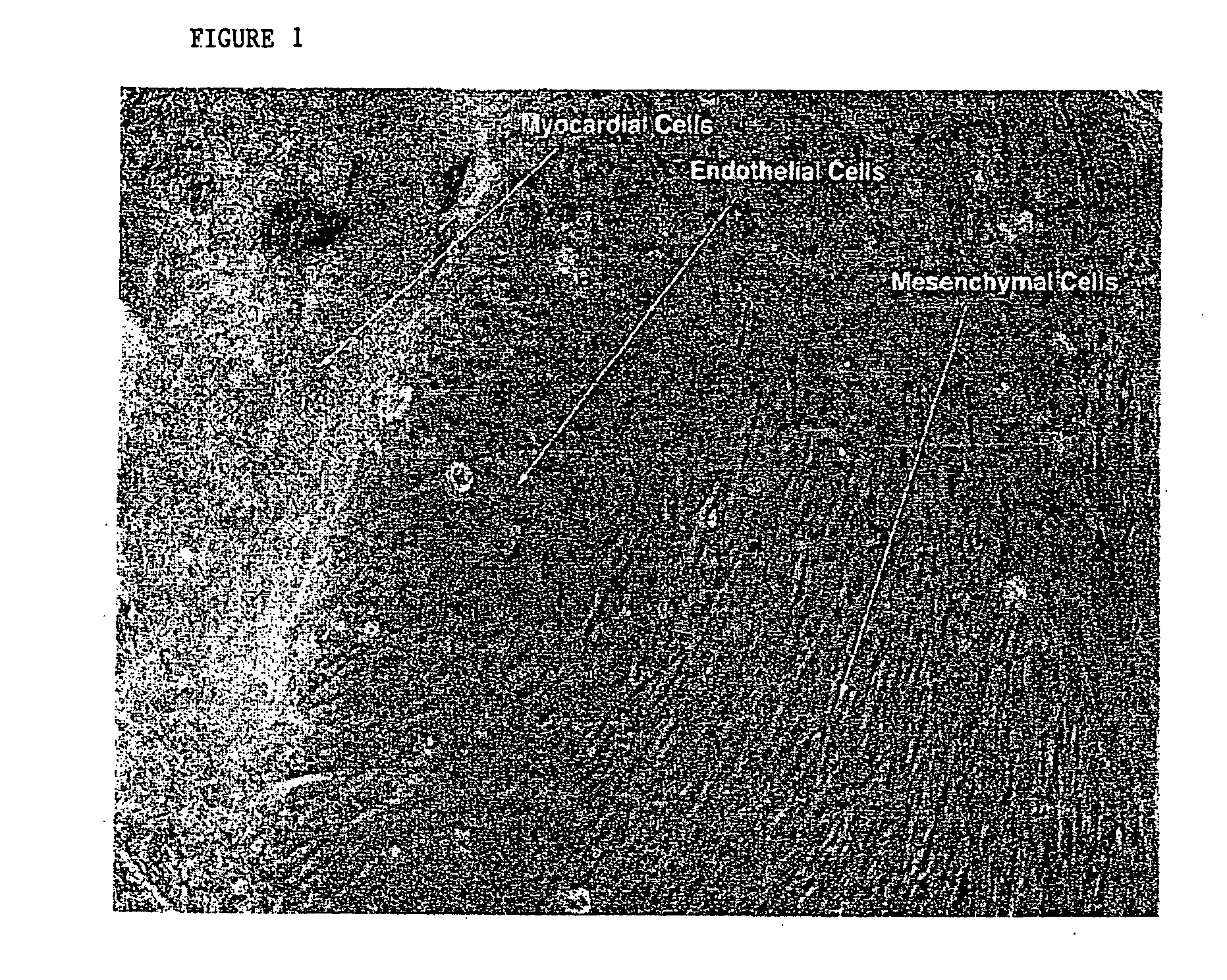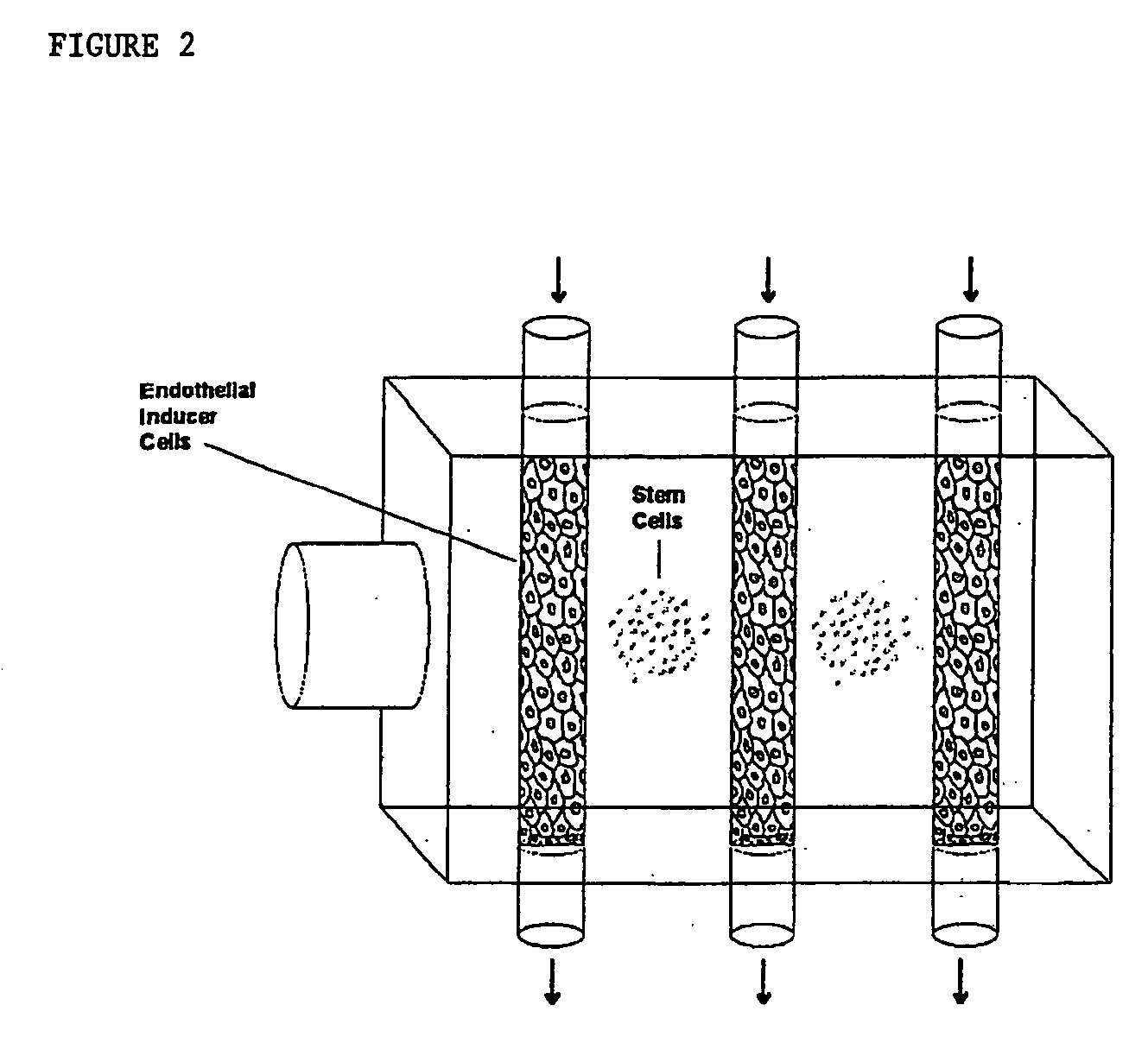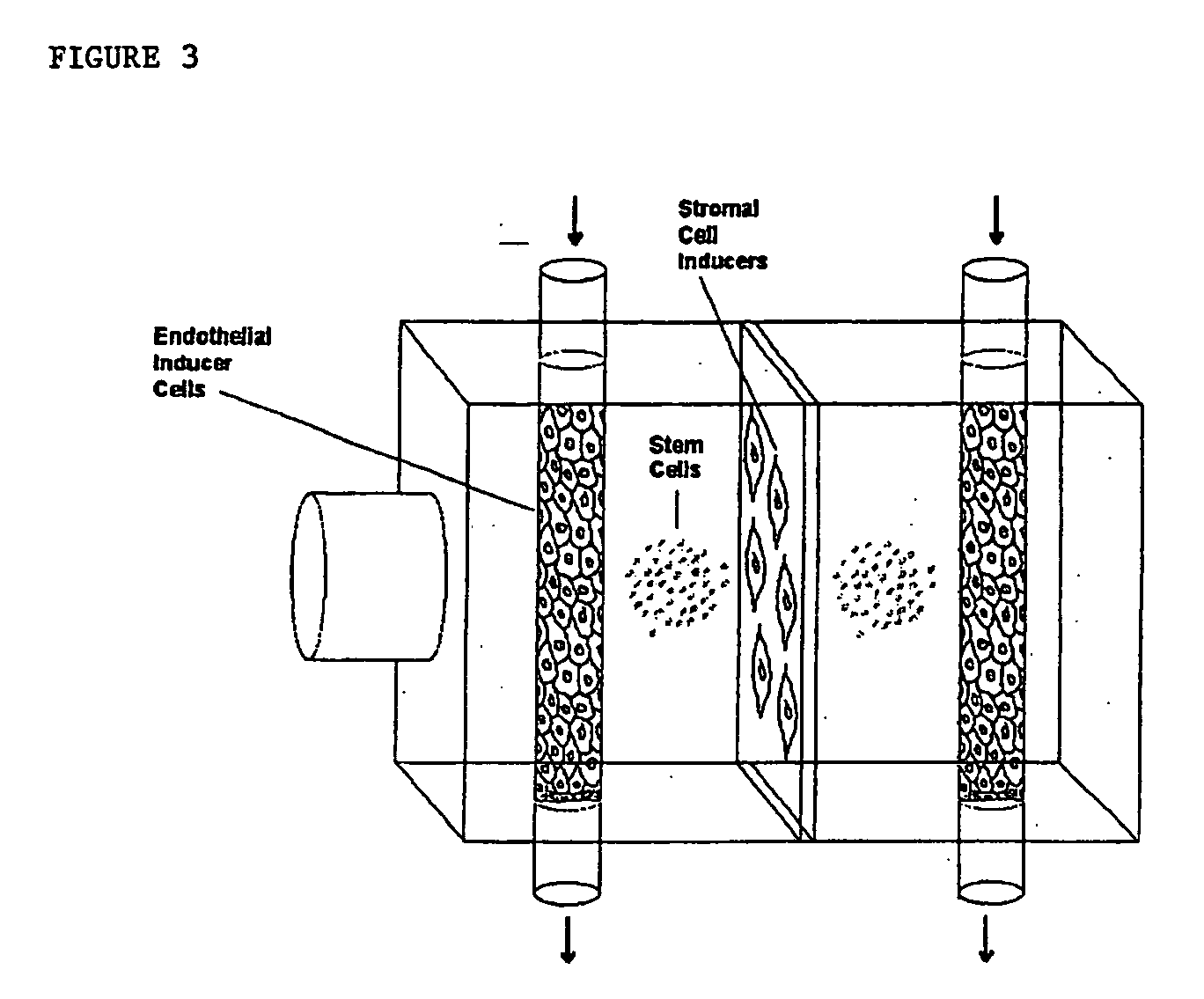Use of RNA interference for the creation of lineage specific ES and other undifferentiated cells and production of differentiated cells in vitro by co-culture
a technology of rna interference and es, which is applied in the field of rna interference for the creation of lineage specific es and other undifferentiated cells and the production of differentiated cells in vitro by co-culture, can solve the problems of weakening the immune system of patients, and destroying embryos with the potential to develop into human beings, etc., to facilitate in vivo enrichment of desirable cell types
- Summary
- Abstract
- Description
- Claims
- Application Information
AI Technical Summary
Benefits of technology
Problems solved by technology
Method used
Image
Examples
Embodiment Construction
[0021] The present invention in part includes methods of making a mammalian nuclear transfer-derived embryos comprising cells that are incapable of differentiating into a particular cell lineage. Because the cells made by the present invention are inherently incapable of developing into a fetus, the nuclear transfer derived embryos made by the present invention and used for therapeutic cloning of tissues never have the potential for human life. In particular, such methods comprise (a) isolating a differentiated mammalian somatic cell to be used as a nuclear transfer donor; (b) genetically engineering said cell to be incapable of differentiating into a particular cell lineage; and (c) effecting nuclear transfer of said differentiated, genetically engineered cell into a suitable recipient cell, thereby forming a mammalian nuclear transfer embryo comprising cells that are incapable of differentiating into a particular cell lineage.
[0022] In another embodiment, the invention relates to...
PUM
| Property | Measurement | Unit |
|---|---|---|
| length | aaaaa | aaaaa |
| cell mass | aaaaa | aaaaa |
| genetic structure | aaaaa | aaaaa |
Abstract
Description
Claims
Application Information
 Login to View More
Login to View More - R&D
- Intellectual Property
- Life Sciences
- Materials
- Tech Scout
- Unparalleled Data Quality
- Higher Quality Content
- 60% Fewer Hallucinations
Browse by: Latest US Patents, China's latest patents, Technical Efficacy Thesaurus, Application Domain, Technology Topic, Popular Technical Reports.
© 2025 PatSnap. All rights reserved.Legal|Privacy policy|Modern Slavery Act Transparency Statement|Sitemap|About US| Contact US: help@patsnap.com



